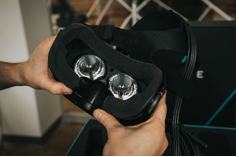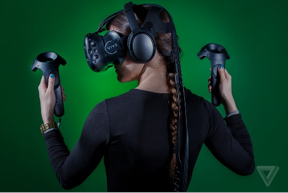Select one game of your interest and explain why does it have a good/bad game UI
League of Legends has the best UI design, this is due to the fact playing the game requires you to constantly look at the UI to see ability cooldowns and the map. Therefore, the UI has been updated constantly to near perfection. One of the good UI designs in League of Legends is the four abilities located at the bottom of the screen. These are unique to the 136 champions within the game, so they must be located is the same location to keep constancy but also must be able to change icons from champion to champion, as different champions have different abilities. Its location is also appropriate as it is not too distracting from what’s in front of the player but isn’t hidden out of plain sight, if it was located near the middle of the screen it would distract from the gameplay but due to its location the user can keep track of cooldowns easily but just one glance, the cooldown timer is also bold and greys out the ability when on cooldown. This is good UI design as the player can easily identify if the ability is on cooldown. Another good UI design is the map location this can be adjusted from the right side of the screen to left vice versa and the size of the map can be changed this customizability allows for good UI design as the user needs to constantly be looking at the map therefore the freedom to change the size and location makes its clean and easy to see no matter the players preference. There are bad UI design choices, for example the inventory where items are stored cannot be adjusted from within the store when purchasing items but rather requires you to leave the shop and then adjust from your separate inventory this is bad UI design as it is unnecessary and slows down gameplay.
Discuss how technology augments human abilities. Reflect upon the implications of the future of HCI.
Technology has learned how to enhance our abilities like speech, hearing and touch etc. This is done through using technology that already exists and furthering its ability to connect with humans. An example of this is Alexa from Amazon. Alexa uses voice and hearing to perform tasks like googling, buying or doing almost any task done through sitting down and typing. Alexa is also able to have conversations and makes jokes, this has improved HCI as we are furthering what our voice can do. We can now use our voice and improved HCI to make everyday life easier. Certain tech is getting very close to enhancing our touch and visuals, this is through VR headsets like Vive. The Vive uses a display in a headset and mirrors to trick the mind into believing it is in another plain of existence made by world designed in VR, this is an example of technology augmenting our senses of sight and feel, this augmentation could one day allow us to play games by being in the game world. Augmenting human abilities has furthered HCI but ease of use has been sacrificed as these augmentations can be complicated to use and learn therefore its essential to lessen the learning curve for such products that will augment our human abilities. For example, the Vive is not easy to use as its set up can be long and complicated
Sources and references





